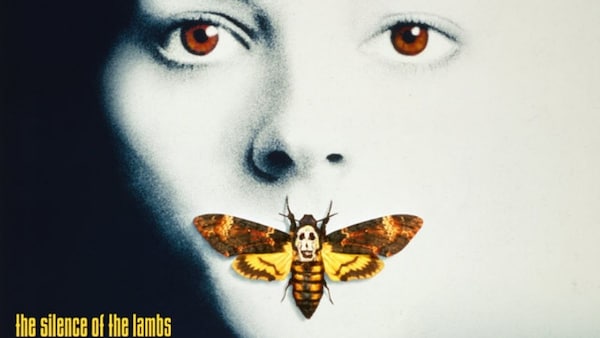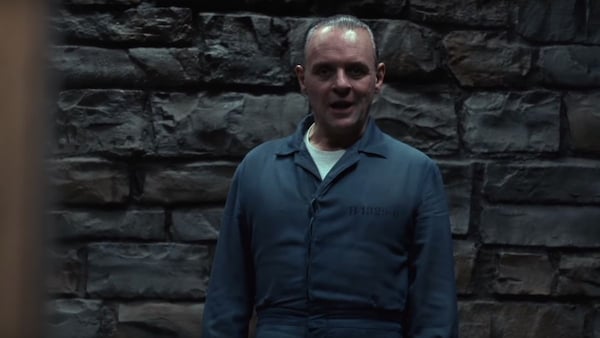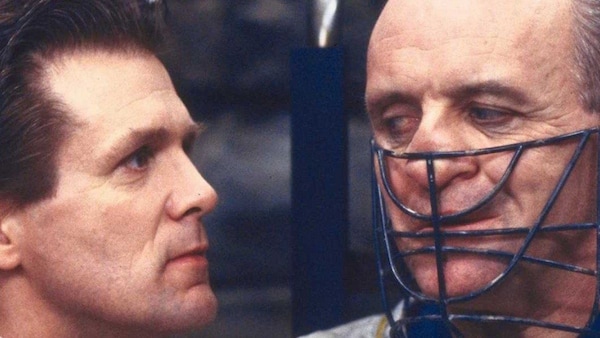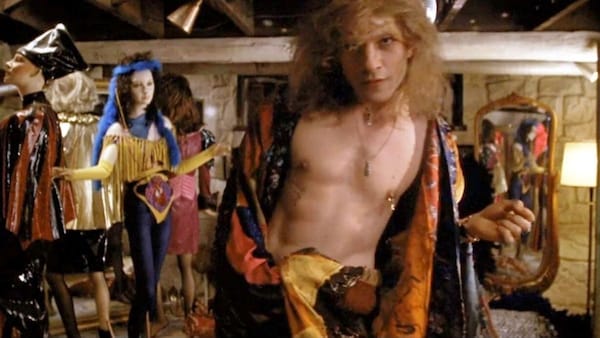The Silence of the Lambs: An immoral man versus an immoral society
A revisit feature on the iconic film as its legendary star Anthony Hopkins celebrates his birthday on December 31

Last Updated: 12.14 PM, Dec 29, 2021
The Silence of the Lambs is one of the most talked-about films among cinephiles for nearly three decades. The 1991 film is an adaptation of a novel by Thomas Harris and has been widely regarded as one of the greatest films in history. Rich in symbolism and social commentary, the psychological horror film is unique in its execution and narrative structure. It is also one of Anthony Hopkins and Jodie Foster’s best performances, which further reaffirms the film’s quality considering Jodie Foster was already an Academy Award winner and Anthony Hopkins was an industry legend at the time. The film won five Academy Awards, a clean sweep in all major categories. Ted Levine’s performance as Jame "Buffalo Bill" Gumb is often overshadowed by Foster and Hopkins but deserves immense praise for his portrayal as the deranged serial killer.
Despite the film’s premise and storyline, director Jonathan Demme and writer Ted Tally avoided violence and gore in the narrative unless it was absolutely necessary. In fact, apart from a couple of scenes, the film induces fear purely through dialogue and subtext. It’s only after the final scene does the horror aspect of the film slowly set in, and it’s one that is far more terrifying than any loud and fast-paced horror film. Simply because Hannibal Lector (Anthony Hopkins) isn’t the stereotypical serial killer, he is highly sophisticated and intelligent, capable of blending into society with minimal effort. The final scene reminds the audience that any random person in the street could be a potential serial killer stalking their next victim.

While the story sounds perfect in a script, it required significant effort from the actors to convince the audience. The Academy Awards both Foster and Hopkins won is a testament to the fact, their scenes together as the FBI profiler and cannibalistic killer is an art in itself. Foster’s portrayal as agent Clarice Starling is one that carries the overarching theme about the social constructs of gender roles in society. As a young agent in a male-dominated law enforcement agency, she is faced with several obstacles to overcome the inherent sexism and lack of respect she faces at every turn. Her authority is constantly challenged and she is forced to turn down advances from men at every turn. To her credit, however, she is depicted to have found ways to use these unfavourable situations to her advantage, to help solve the case. The underlying message is that her talents and her work are overlooked by respected members of society.

Hannibal Lector, on the other hand, treats Starling with the respect she deserves. A brilliant psychiatrist himself, Lector enjoys the conversations he has with the young agent. For Starling, the realisation that the one person who treats her as an equal is a cannibal locked up inside a maximum-security prison is bittersweet. This opens up debates on several philosophical debates on the very idea of morality. On one hand, there is a serial killer who eats his victims but treats people without any prejudice, and then there is a flawed society that has a skewed sense of ‘right’ and ‘wrong.’ In fact, social commentators have often argued that normal people have the tendency to turn into barbarians and killers if civilisation were to fall, and there are various instances throughout human history that have added credibility to this theory.

Ted Levine’s Buffalo Bill presents yet another complicated philosophical debate. There can be similarities drawn between Bill and Lector as well as Bill and Starling. Both Bill and Lector are unempathetic serial killers. While Bill is someone that the audience grows disgusted with, Lector is portrayed as an anti-hero that everyone secretly roots for. But they are essentially equally guilty in terms of the gruesome nature of the crimes they commit. One might argue that Bill deserves more sympathy because he is a product of society’s abuse and neglect. His inner conflict regarding his gender and society’s inability to tolerate it, coupled with the abuse he suffered as a child, is what drives him to commit these heinous crimes. He is torn between his identity and his instinctive self.

Starling is also a victim of trauma from her childhood and is mistreated as an adult. This is where the butterfly and the moth symbolism come into play. While Starling, through her hardships, breaks free from her cocoon to become a butterfly, Bill becomes a moth. It further opens ethical conundrums as to how society should incarcerate serial killers, who are victims of childhood abuse and trauma because setting them free into society is obviously not a viable option. It is one of several debates that will continue for decades if not centuries.

The Silence of the Lambs is a film that redefined conventional filmmaking. It also paved the way for several adaptations of Hannibal Lector. More recently the hit TV series, Hannibal, starring Mads Mikkelsen as the titular character, won several accolades. The series is significantly more grotesque and violent than The Silence of the Lambs. However, it’s the David Fincher masterpiece, Mindhunter the Netflix original series, that has taken inspiration from The Silence of the Lambs. The film continues to be revered in high regard and is often the best subject for film studies.

 Premium
Premium